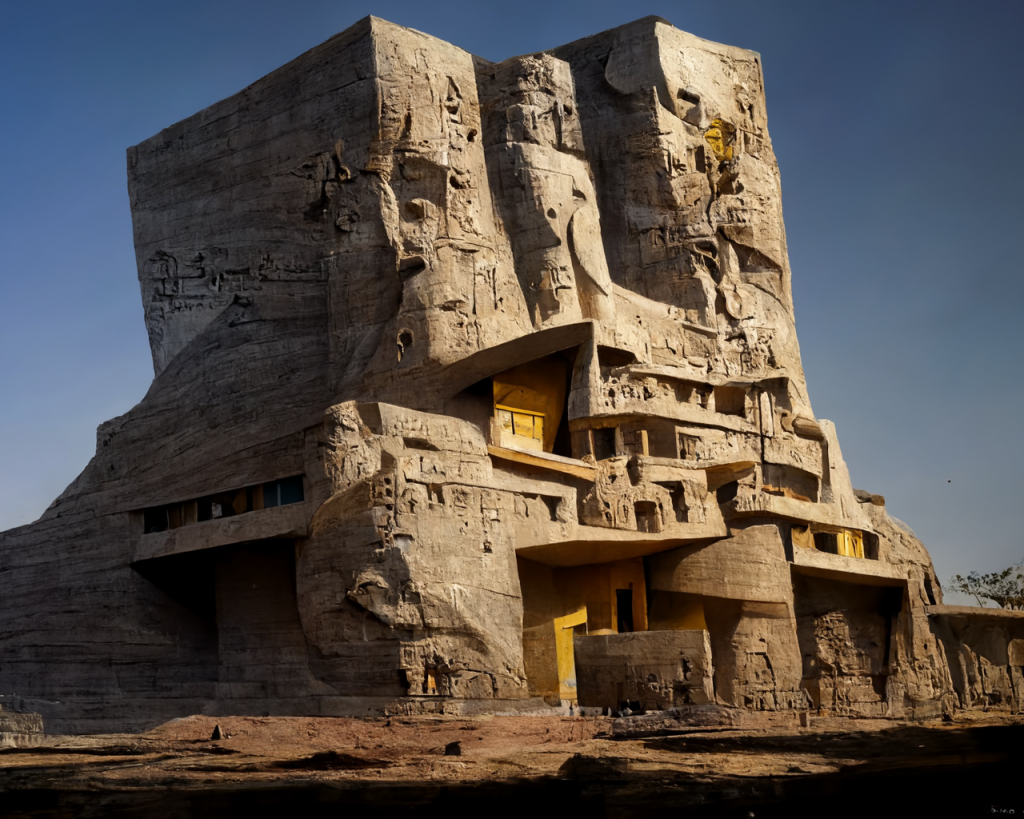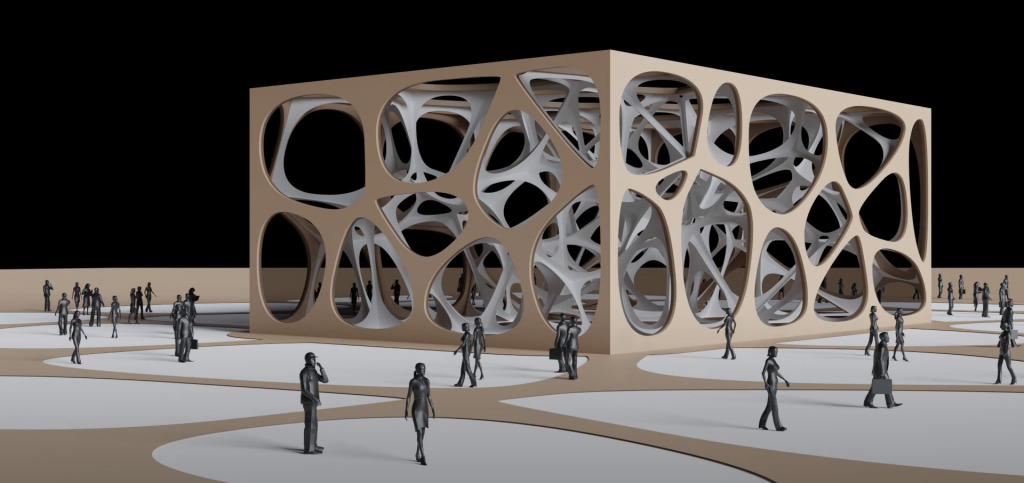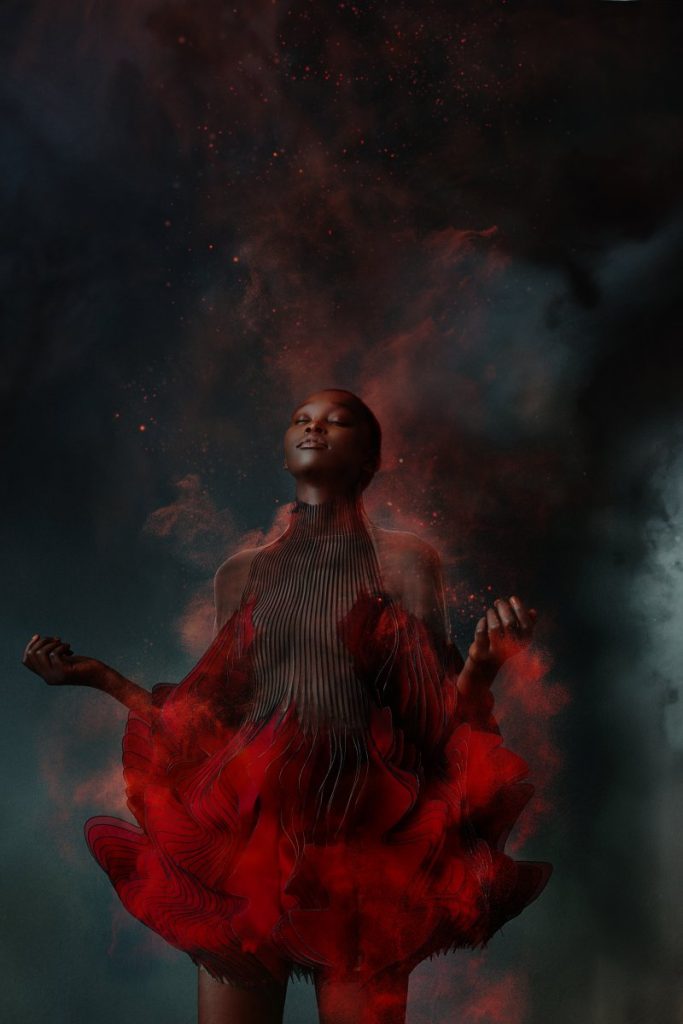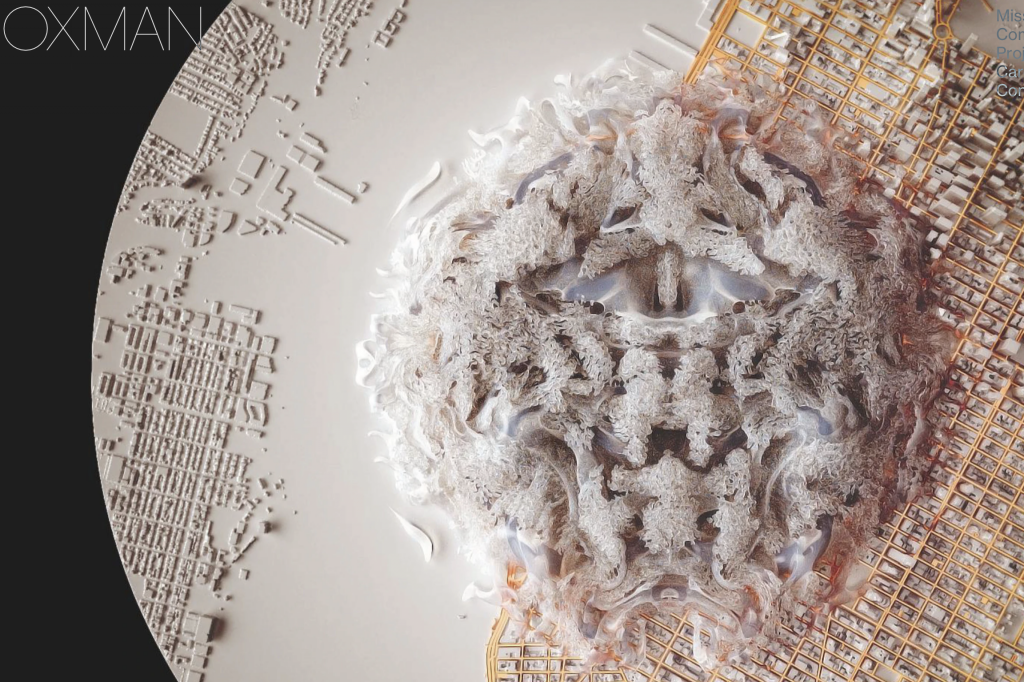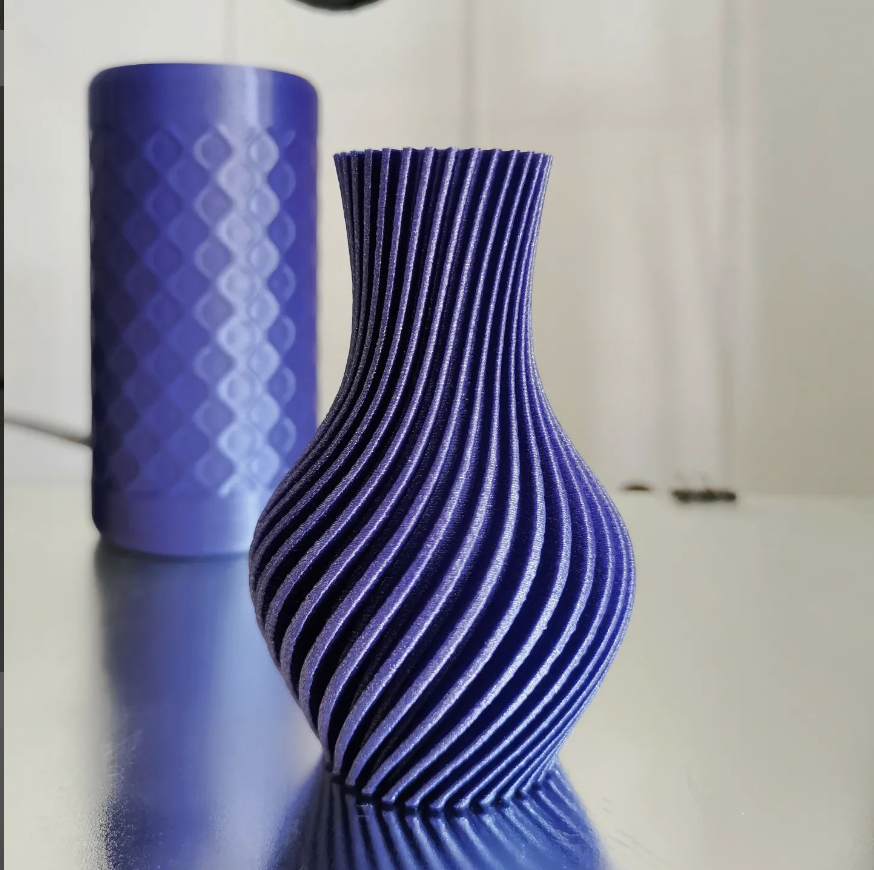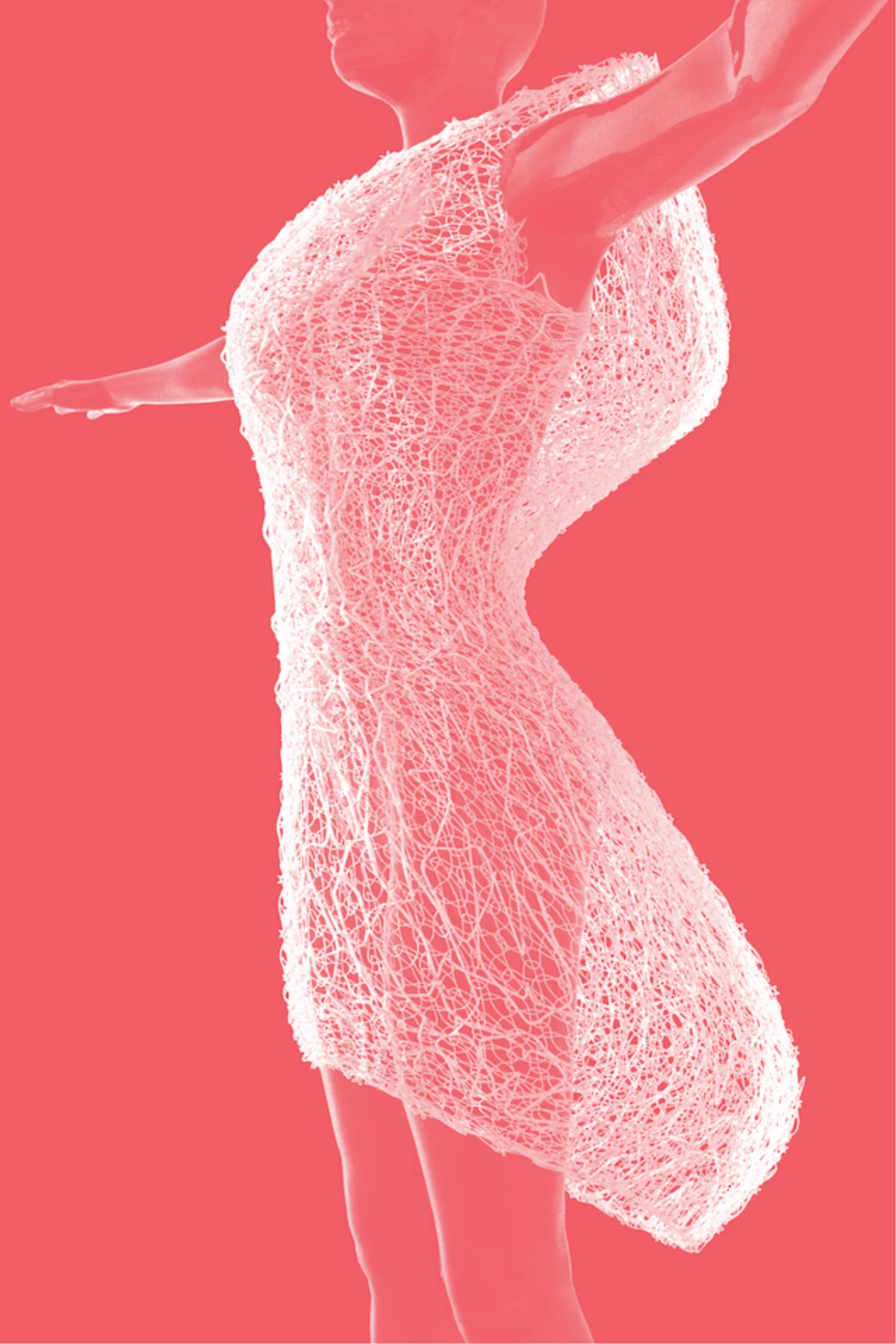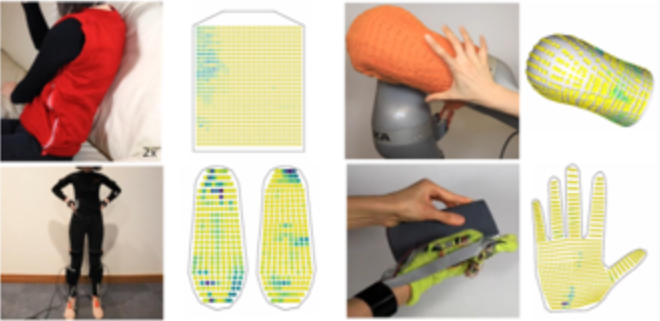I thought the piece by David Bizer was particularly inspirational. He used the timeline of an audiofile and then 3D printed it to create a jewelry piece for someone saying, “I love you.” I thought this piece was really cool because of how Bizer captures something that is typically thought to not be tangible. I just think it is a neat way to convey a message.
The algorithms must be able to pick up sound and then return different lengths of lines based on the sound.
The creator’s artisitic vision is shown in this piece because of the materials he chooses to make. Even though the shape of the piece is determined by the sound file, he chooses the material used.
Here is the link to the piece by David Bizer (2015).
![[OLD SEMESTER] 15-104 • Introduction to Computing for Creative Practice](https://courses.ideate.cmu.edu/15-104/f2022/wp-content/uploads/2023/09/stop-banner.png)

